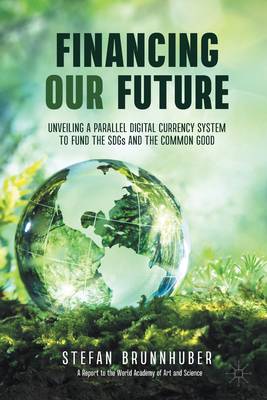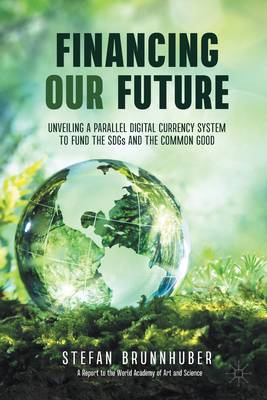
- Retrait gratuit dans votre magasin Club
- 7.000.000 titres dans notre catalogue
- Payer en toute sécurité
- Toujours un magasin près de chez vous
- Retrait gratuit dans votre magasin Club
- 7.000.0000 titres dans notre catalogue
- Payer en toute sécurité
- Toujours un magasin près de chez vous
Financing Our Future
Unveiling a Parallel Digital Currency System to Fund the Sdgs and the Common Good
Stefan Brunnhuber
Livre broché | Anglais
31,95 €
+ 63 points
Format
Description
Stimulates debate on how best to finance sustainability by providing a completely new perspective using the lens of Eastern thinkingProvides a systems-based approach to financing the future that includes interdisciplinary findings frombehavioral science and clinical psychologyIntroduces a parallel electronic currency specifically designed to finance global common goods and to achieve the SDGs
Unveiling the required financial mechanism to finance our common future
Unveiling the required financial mechanism to finance our common future
Spécifications
Parties prenantes
- Auteur(s) :
- Editeur:
Contenu
- Nombre de pages :
- 221
- Langue:
- Anglais
Caractéristiques
- EAN:
- 9783030648282
- Date de parution :
- 15-04-22
- Format:
- Livre broché
- Format numérique:
- Trade paperback (VS)
- Dimensions :
- 156 mm x 234 mm
- Poids :
- 362 g

Les avis
Nous publions uniquement les avis qui respectent les conditions requises. Consultez nos conditions pour les avis.






